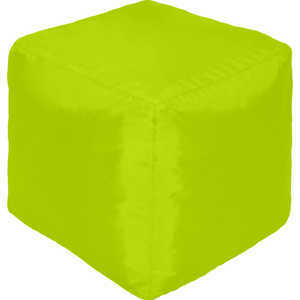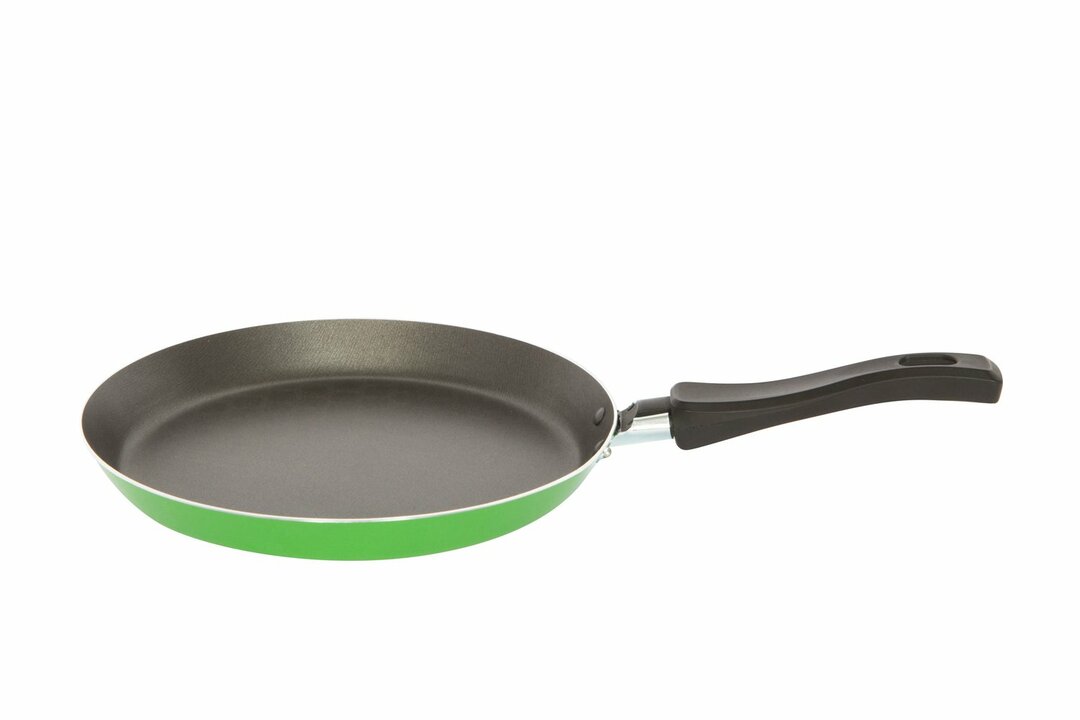
- Ceiling chandelier installation - general principles
- Safety installation rules
- How to install a ceiling chandelier - features of standard and non-standard fixtures
- Mounting the luminaire on tension ceilings
- Features of hanging the luminaire on a gypsum plasterboard ceiling
- Specifics of dismantling
Installation of a ceiling fixture, at first glance, it seems a simple occupation, which is capable of all comers. Maybe it is. The complexity of this work is really not different, but it has a huge number of subtleties and nuances, which you need to know about before you start work. Yes, and basic knowledge of construction and electrical engineering are also needed. We'll figure out how to install a chandelier for different types of ceiling coverings, consider the possible difficulties that will have to face.
to the contents ↑Ceiling chandelier installation - general principles
There are 4 types of fixtures with which you can hang the lighting fixture to the ceiling:
- Mounting hook. This is an ideal option for ceilings made of durable material( for example, concrete).
- Mounting bracket. In this case, the mass distribution of the luminaire is 4 points of fasteners. For this reason, this fastening is considered the most reliable.
- Cross fasteners. It is used for hanging luminaries with a large mass, as well as for mounting lighting fixtures that are close to the ceiling.
- I-mount. It is used for installation of multi-tier chandeliers.
Important! The arrangement of standard fasteners is not particularly complicated. For their installation, self-tapping sleeves are used. But you need to remember that installing a chandelier on the ceiling with your own hands is associated with a risk of getting an electric shock, so you must comply with all security measures.
to the contents ↑Safety installation instructions
Before placing the chandelier, check the phasing of cables and wires intended for lighting fixtures. Neutral is a common wire, and phase cables are connected to the chandelier via a switch. Checking the phasing is done with the help of an indicator screwdriver.
Important! When checking the phase, never touch the tip of the screwdriver. This is dangerous for life and health.
Before checking, be sure to de-energize the room - unscrew 2 plugs. Next, bare the wires and only then turn on the electricity again. The check is carried out in this way:
- Press the switch of the device and bring the indicator to the wires. The phase is present.
- If you test the wires with the indicator off, there is no phase.
- If the indicator shows the voltage and when the unit is switched off - contact the master. Only after he fixes the problem, you can go back to installing the lamp.
The second problematic point of installation of lighting equipment is the advance determination of the wiring location. It is important that when drilling the mounting holes do not damage the wiring in the ceiling. The chandelier's wiring is searched with the help of special indicators, with the voltage applied. After the location of the wiring is installed, you can safely proceed with the installation of the luminaire.
to the contents ↑How to install a ceiling chandelier - the features of the standard and non-standard
mountings With standard mounts, no problems arise. Dip the wires around the sectors of the light bulbs, ring the part and fix it to the ceiling. But there are also difficulties: too low ceilings or the design of the chandelier does not give the possibility to hang it on the existing fastening. In this case, the labor intensity of the work increases by an order of magnitude.
If the apartment has low ceilings, and you want to use not a plafond, but a pendant lamp, then the hook will not work for you. For the reason that he will "eat" about 10 cm of space, which is already sparse. In this case, you will have to use the mounting plate, cutting it so that it can not be seen under the lamp cap.
Important! It is necessary to take into account that modern lighting devices are equipped with additional functionality( for example, ionization of air).The rules for connecting such lighting equipment are special, it is unlikely to be able to cope on their own, so you should immediately seek help from a master.
to the table of contents ↑Mounting the luminaire on suspended ceilings
It is not easy to install lighting fixtures on a ready tension ceiling. Serious preparatory work will be required.
Important! If the canvas is already mounted, it will have to be removed completely, because even a small cut in the stretched fabric will lead to its spoilage.
For this purpose it is important to use only suitable light bulbs:
- Do not use light fixtures with incandescent lamps with tension ceilings. Even low-power bulbs after a few months of operation leave ugly spots of yellow or brown on the surface of PVC-cloth.
- Energy-saving lamps are suitable, but due to insufficient heat exchange, their working life is significantly reduced.
- The best option is lighting with LED lamps.
Before installing the ceiling panel, think about all the points concerning mounting the fixture fixtures for the fixture:
- Naturally, the basis for the mounting plate or hook is the base ceiling coating.
- If you use a cross-bar or an I-beam, they are not mounted directly on the ceiling, but on a platform made of thick plywood or MDF.
Important! Thin plywood for this purpose is not good, because it can just break down under the weight of the chandelier.
to content ↑Features of hanging the luminaire on the plasterboard ceiling
The choice of fasteners suspended in the gypsum board structure depends on the weight of the lighting equipment:
- For small models with a weight of up to 3 kg, the fastening hook is the best option. For gipsokartonnyh designs there are special hooks "butterfly" with cartridges.
- Lamps weighing up to 7 kg are suspended on panel slats. Plank, in turn, is fixed to special dowels "moth".
- Massive devices are suspended using special pins. The thickness of the hairpin varies from 10 to 12 mm, depending on the variety of the main attachment. In the gypsum cardboard ceiling, drill holes are drilled, and then installation of the cushion is completed.
Important! Specialists consider the cantilever bar the best way to hang chandeliers on plasterboard structures, since it is not subject to friction, which means it will be more durable.
to the contents ↑demounting specifics Dismantling works are similar to installation, only the reverse algorithm. Do not forget that you must first turn off the power supply by turning off the plugs. Before removing the lighting fixture, remove all the decorative elements. Remove fixing can only be done on a concrete ceiling. On the suspended ceilings dismantle only the device itself. //youtu.be/ https: //youtu.be/ gxXMvA3BL58
As you can see, the actual process of installing a chandelier on the ceiling is not that complicated, but it is associated with numerous nuances - both the lighting device itself, and the location of the wiring and the type of ceiling cover. Take into account all these factors, then the issue of installing a chandelier will be decided for you many times faster.


